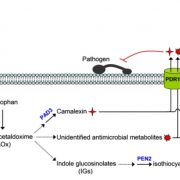
PEN3 and PDR12 secrete camalexin to the apoplast to limit pathogen growth in Arabidopsis (Plant Cell)
Plant Science Research WeeklyPhytoalexins are important antimicrobial compounds that plants synthesize to fend off invading pathogens. In the Brassica family, the tryptophan (trp)-derived phytoalexin ‘camalexin’ provides broad-spectrum resistance against bacterial, fungal, and oomycete pathogens. The regulation of camalexin…
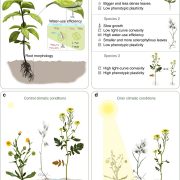
Functional traits and phenotypic plasticity modulate species coexistence across contrasting climatic conditions (Nature Comms)
Plant Science Research WeeklyUnderstanding mechanisms for assembly of plant communities involves estimating different interactions among coexisting species, and how environmental change might affect those interactions. Peréz-Ramos et al. address how functional traits and their plasticity relate to the mechanisms that allow species…
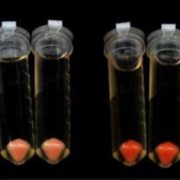
Plant Science Research Weekly: July 5th
WWR Full PostCritical residues for carotenoid biosynthesis by phytoene synthase
Carotenoids are diverse structures that contribute to photosynthetic light harvesting and serve as pigments, photoprotectants, and precursors for vitamin A and signalling molecules. Phytoene synthase is the first committed enzyme…
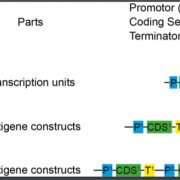
A Bridge Between Kingdoms: Introduction of a Golden Gate-based Tool Kit for Cyanobacteria
Plant Physiology: News and Views, ResearchOne goal of synthetic biology is to build artificial pathways for bioengineering of high value compounds. To this end, pathways are not only split into individual reactions, but the expression of one enzyme is also split into individual parts (e.g., promotors, ribosomal binding sites, coding sequences,…
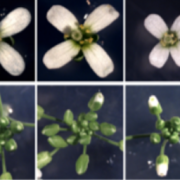
Mediator Skills: MED16 Controls Endoreduplication
Research, The Plant Cell, The Plant Cell: In BriefThe discovery of Mediator began with the observation that two transcriptional activators could interfere with each other’s function in vitro, even though they did not bind to the same promoter (Kelleher, Flanagan and Kornberg, 1990). The hypothesis, since then well-validated, was that each transcription…
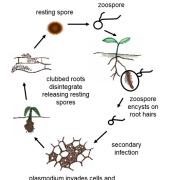
Underrepresented objects in Plant Biology: The clubroot pathogen Plasmodiophora brassicae
Blog0 Comments
/
Why we need more experts in clubroot research
Guest post by Susann Auer
Funding for plant disease research is crucial for scientists as it aids in providing necessary resources for resistance breeding and commercial exploitation of results. It also helps to keep the amount of trained experts high…
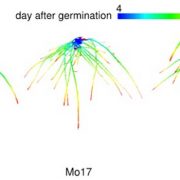
Local and Global Root Growth Dynamics in Maize
Research, The Plant Cell, The Plant Cell: In a NutshellJiang et al. use time-lapse 3D imaging, computer vision, and mathematical modeling to quantify root system architecture. Plant Cell https://doi.org/10.1105/tpc.19.00015
By Ni Jiang and Christopher Topp, Donald Danforth Plant Science Center
Background: Root systems are the literal foundations…
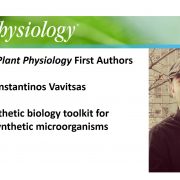
Recognizing Plant Physiology first authors: Konstantinos Vavitsas
Plant Physiology, Plant Physiology: Author ProfilesKonstantinos Vavitsas, first author of The synthetic biology toolkit for photosynthetic microorganisms
Current Position: Senior Research Associate, National and Kapodistrian University of Athens
Education: PhD in Biotechnology, University of Copenhagen (2017), MSc in Applied Biotechnology, Uppsala…
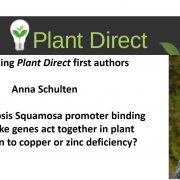
Recognizing Plant Direct first authors: Anna Schulten
Plant Direct, Plant Direct: Author ProfilesAnna Schulten, first author of Do Arabidopsis Squamosa promoter binding Protein-Like genes act together in plant acclimation to copper or zinc deficiency?
Current position: PhD student in the Department of Molecular Genetics and Physiology of Plants (Ruhr University Bochum, Germany)
Education: BSc…

